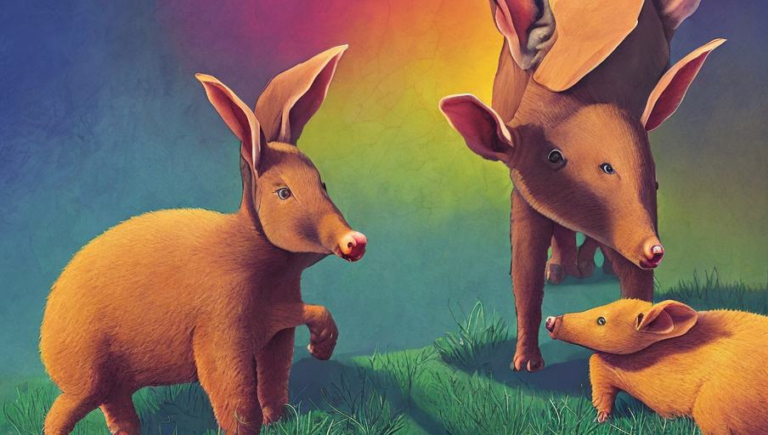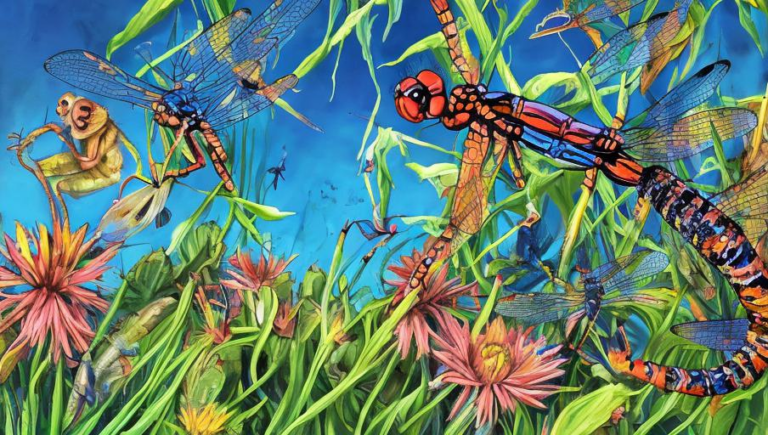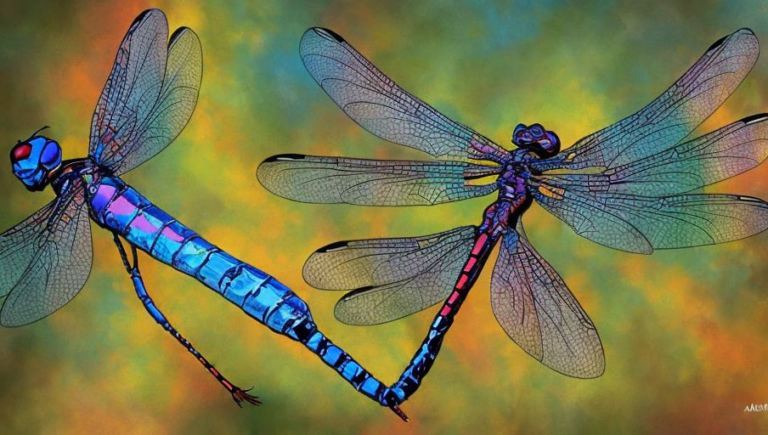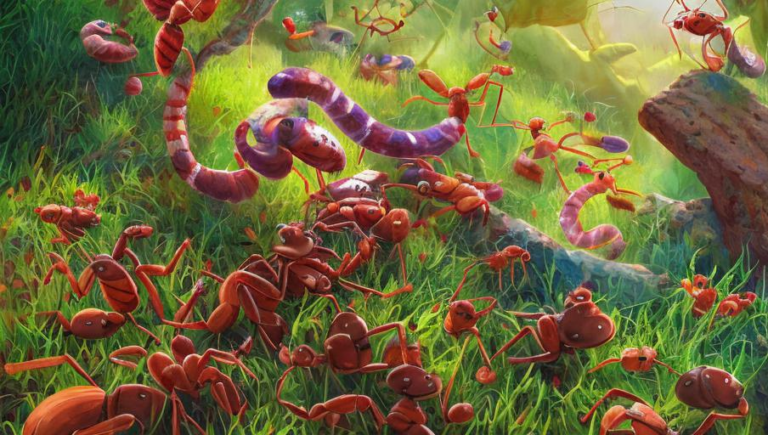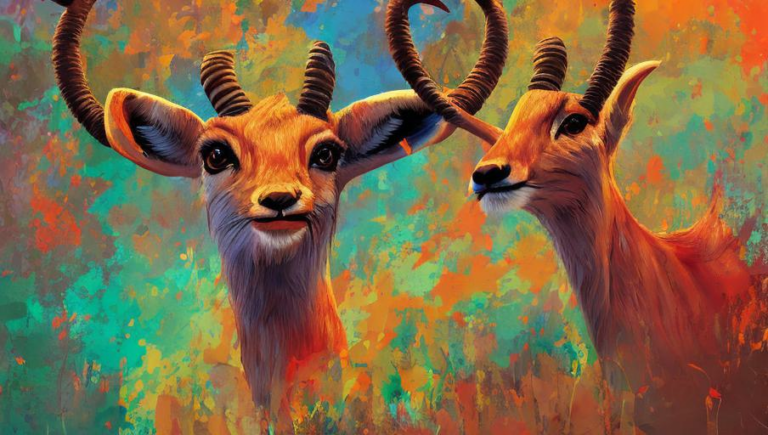The Unique Call of the Curlew Bird

A Unique Bird Species
The curlew is a unique species of bird, one that stands out among the many other types of birds found in the wild. It is an Old World species of shorebird and is found in various parts of the world, including Europe, Asia, and Africa. It is a large bird, with a wingspan that can reach up to three feet. The curlew has a very distinctive call, which is a three-syllable “cur-lee-eek” sound. This is what gives the bird its name, as the call is quite loud and can be heard from a great distance.
Habitat and Feeding
The curlew is a wading bird, and it prefers to inhabit wetlands and mudflats. It feeds on invertebrates, such as worms, insects, and crustaceans. It will also feed on small fish and other small animals. The curlew has an impressive ability to probe deep into the mud and water in search of food. It has a long, curved bill that is perfectly adapted for this type of activity.
Breeding and Migration
The curlew is monogamous, meaning it will typically pair up with one mate for life. The breeding season begins in late spring, and the female will lay two to four eggs in her nest. The parents will share incubation duties, and the chicks will fledge after about three weeks. The curlew is a migratory bird, and it will travel to more temperate climates for the winter months. During the migration, the curlew will feed mainly on insects and small invertebrates.
Conservation Status
The curlew is listed as a species of least concern on the IUCN Red List and is not considered to be in immediate danger. However, its population has been decreasing in recent years due to habitat loss and degradation. The curlew is also threatened by hunting, as it is a popular target for game hunters. Conservation efforts are currently underway to protect the curlew and its habitat.
Conclusion
The curlew is a unique and remarkable bird species. Its distinctive call is a memorable sound, and its impressive ability to probe the mud and water for food is quite impressive. The curlew is a migratory species, and its population is currently decreasing due to habitat loss and degradation. Conservation efforts are needed to ensure that this species does not become endangered in the future.
